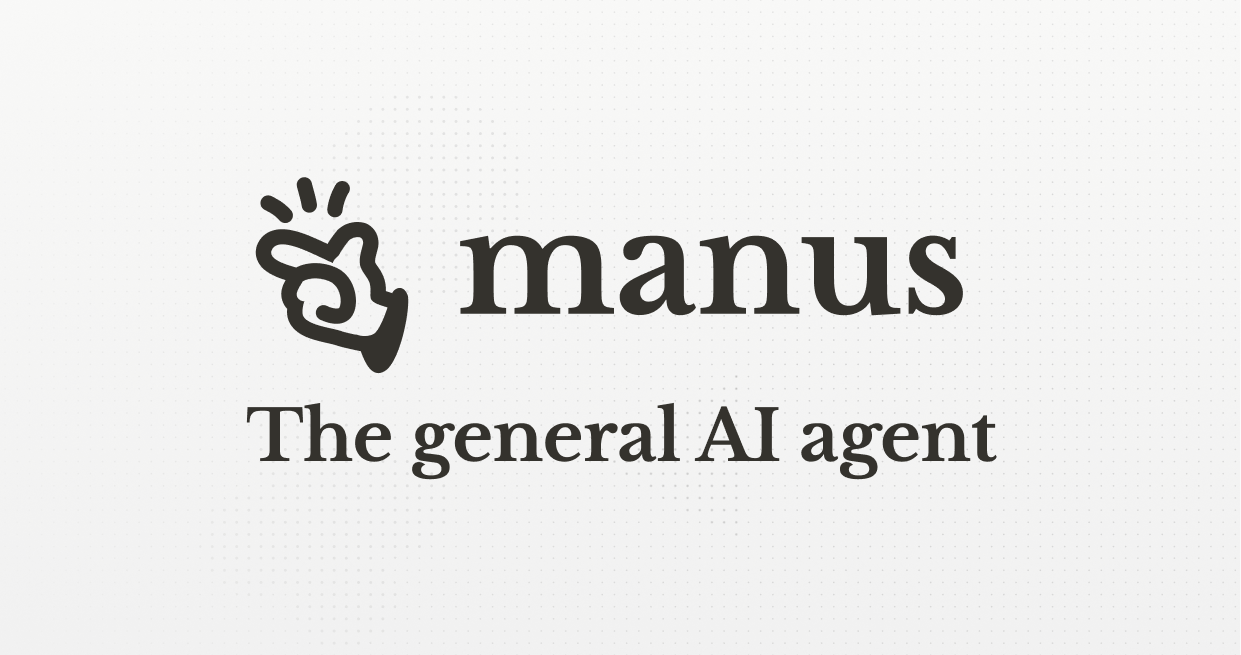Exploring Manus: The AI Agent Challenging OpenAI’s Deep Research

Understanding Manus: A Revolutionary AI Agent
Introduction to Manus
Chinese AI startups are making significant strides, showcasing innovative advancements in artificial intelligence. Following the remarkable introduction of DeepSeek-R1, a large reasoning model (LRM) known for its groundbreaking open-weight release and architecture, another breakthrough has emerged. This new AI agent, named Manus, promises to automate tasks that would typically consume hours of work.
Launched on March 6, Manus enters an exciting landscape where AI tools are gaining traction in computer-assisted tasks. Some industry players are already dubbing it the next “DeepSeek moment,” although the substance behind such excitement may need more scrutiny.
What is Manus?
Manus represents the latest wave of innovative applications built on large language models (LLMs). While the specifics of its system architecture remain under wraps, Manus skillfully integrates LLMs, LRMs, and various tools to deliver its functionalities.
Features and Capabilities
- Task Automation: Manus is designed to understand user requests, plan the necessary steps, and identify the tools needed to achieve results.
- Tool Access: The AI agent interacts with a range of tools, including:
- Web browsers
- Search engines
- File editors
- Command terminals
With these tools, Manus can analyze files, develop and execute code, and compile information from numerous web sources. It serves a purpose similar to that of OpenAI’s Deep Research and Grok 3 DeepSearch.
For instance, users can submit product ideas to Manus, which can then conduct comprehensive market research. Alternatively, if given sales data, Manus can analyze this information, creating detailed reports complete with charts and graphs. Its ability to segment tasks and utilize search engines for data retrieval makes it a powerful asset for various applications.
Case Studies and User Experiences
The Manus team boasts several intriguing case studies on their website. Although these may be carefully curated examples, users have shared captivating experiences from early access. One user mentioned transforming a zip file of 20 job applicants into a thorough analysis, demonstrating how Manus can utilize web browsing to gather extensive information.
Currently, Manus is available through an invite-only setup for those interested in testing the AI agent. Future plans include open-sourcing some of the underlying models.
Comparisons to DeepSeek
The launch of Manus has drawn comparisons to the DeepSeek moment—a pivotal event where a modest Chinese lab created a robust model that rivaled well-financed AI competitors in the U.S. DeepSeek showcased that innovation can outshine the need for extensive resources, such as large GPU clusters.
However, it’s uncertain whether Manus will hold similar significance. While it may not set a new standard in modeling, the way it combines LLMs, prompt engineering, and tool orchestration is garnering interest and intrigue among researchers and industry professionals.
Still, many projects have entered the market with promise, such as BabyAGI and Auto-GPT, which ultimately struggled with reliability and mass adoption.
Current Status and Future Implications
As of now, base LLMs and LRMs have evolved to a point where developing stable applications like Manus is more feasible. Its ability to automate complex tasks continues to be a focal point of interest, as users, researchers, and practitioners observe how it performs beyond initial demonstrations.
There is a buzz surrounding Manus and its potential to reshape how tasks are automated in various sectors. As more people gain access and provide feedback, it will be essential to observe how it measures up to its ambitious claims and whether it can deliver meaningful performance in real-world applications.






